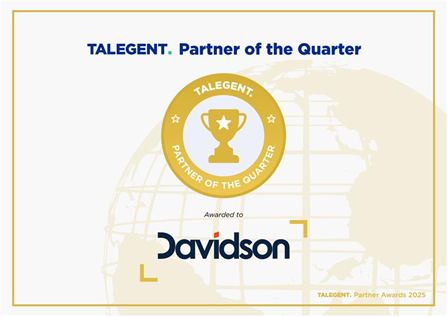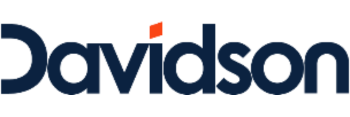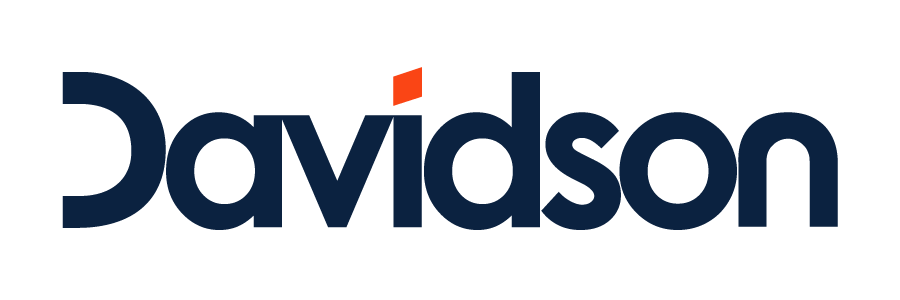Gender Diversity: Changing the Ratio & Closing the Gap
Often with Tech Diversity articles the lead headline is negative and tells of the grave state the sector is in with the lack of females, particularly at senior levels. Well, I am happy to report that in the last 12 months the gender gap in the Australian Technology market has started to close!
In the recent Davidson technology DiversIT Report 2017 , the data provided by LinkedIn revealed an 8 % increase in the number of females in IT in Australia (now 39% vs 31% in 2016) Representation of females at executive levels within IT has also grown to 17.6%, up 3.6% from 2016.
While these figures demonstrate a positive step forward, the number of females in the IT sector continues to fall below the growth of the industry. In the last 12 months LinkedIn has recorded a 25.7% increase in the number of people in Australia who identify as working in IT fields. Eight percent more females from 2016 is noteworthy, however without significant intervention this sector will not achieve gender balance for some time.
Creating Sustainable Change
Dayle Stevens, Divisional CIO at National Australia Bank was our keynote speaker at the launch event for our DiversIT Report in July. Dayle shared her insights on how she has led NAB on a path to sustainable change and increased the number of women in senior technology roles within the business. The message she left with me (and I’m sure a lot of people in the room) was that it’s not just something that we can solve through recruitment alone. How we retain and grow our female employees can impact a much faster and more sustainable change. There’s no single solution and you need to try lots of different things to find what works and what is sustainable.
To this effect NAB has implemented a number of initiatives including job swaps, the Girl Geek in Residence Program as well as extensive training for leaders to provide the tools and support to enable them to build gender diverse teams. This has seen a significant uplift in female participation rates within Technology and Digital at NAB and remains a continued focus.
Fostering new ideas and programs
Across the Australian Tech industry there are some amazing initiatives aimed at retaining and growing females in the sector. One such example is the Girl Geek Academy’s all female hackathon #SheHacks 2017. Not only was this a record for Australia with around 200 women working together over a weekend to create 30 new start-ups, but it is further supported through Girl Geek Academy launching the world’s largest all women incubator program. The incubator is designed to encourage more women to become start-up founders, coach them through developing their minimum viable product and also provide the road map to maximise their chances of a successful tech business.
Developing female leaders
Davidson HR Consulting has this year launched the Davidson Leadership Acceleration Program (DLAP) to address a growing need to accelerate and build leadership talent within Technology teams. The goal of which is to increase the representation of senior female leaders across Digital and Technology by building the capability, capacity and confidence of females to transition into more senior roles. With this program we are working closely with our clients to help them meet their gender targets and grow their pool of female leaders.
It is exciting to see these positive initiatives and changes occurring in the market.
Imogen Studders is Strategic Partnership Manager at Davidson Technology
Share this content





